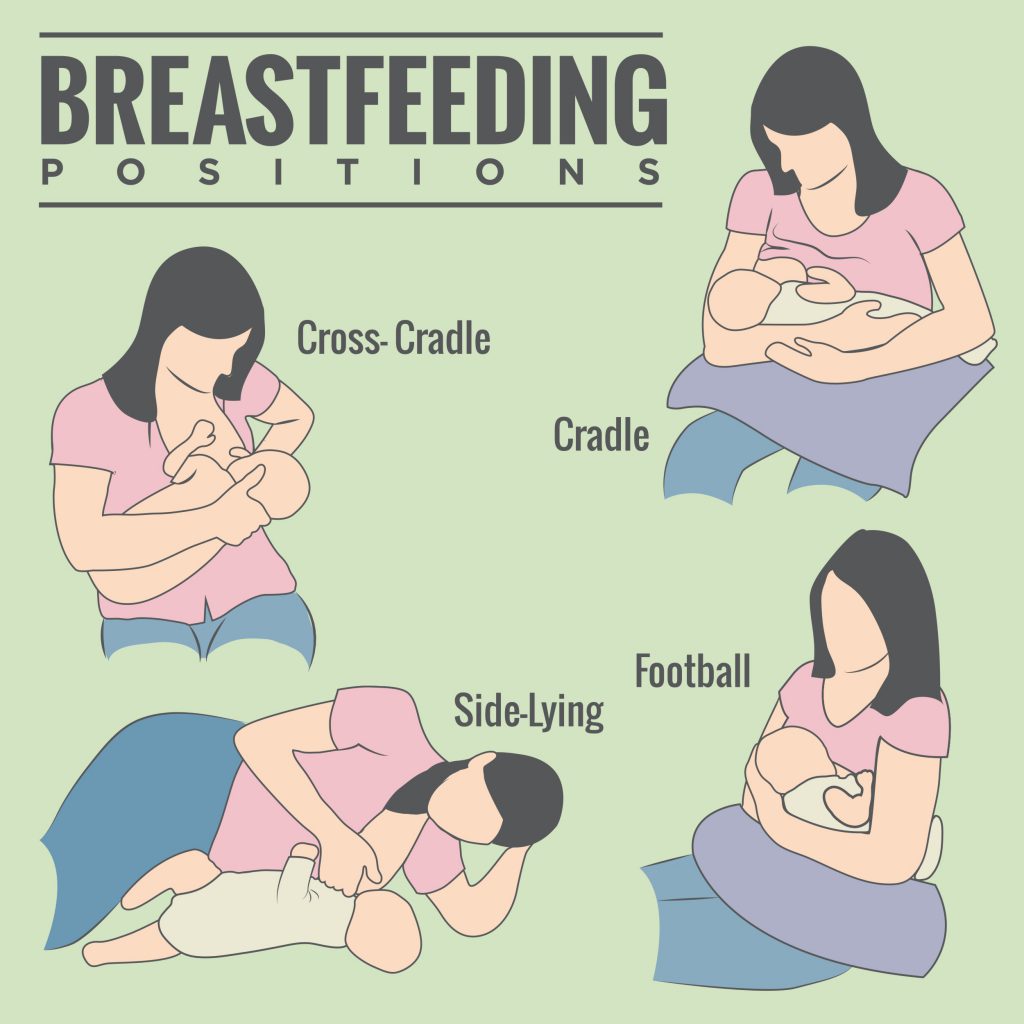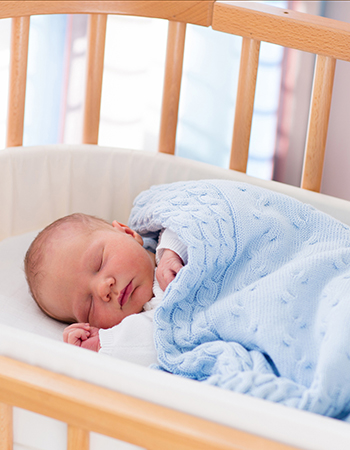Breastfeeding
 Babies and breastmilk are made for each other. Breastmilk is perfectly designed to nourish your baby and protect her against illness when she's at her most vulnerable in her early months. Breastmilk is very easy for your baby to digest, plus it's free and available whenever your baby wants it.
Babies and breastmilk are made for each other. Breastmilk is perfectly designed to nourish your baby and protect her against illness when she's at her most vulnerable in her early months. Breastmilk is very easy for your baby to digest, plus it's free and available whenever your baby wants it.
Feeding your baby only breastmilk in her first six months (exclusive breastfeeding) is particularly good for her. Exclusive breastfeeding gives your baby:
- Every nutrient she needs to thrive and grow well.
- Hormones to help her body function well.
- Disease-fighting compounds that protect her against illness. Breastfed babies are much less likely than formula-fed babies to suffer from diarrhoea and vomiting, colds, chest infections such as bronchiolitis and pneumonia, and ear infections.
- Microbes that help her organs, gut, immune system and brain to develop.
Newborn babies are very alert and awake for the first few hours after birth. They are ready to practise drinking from the breast. Every newborn, when placed on her mother's abdomen soon after birth, has the ability to find her mother's breast all on her own and to decide when to take the first feed. This is called the 'Breast Crawl.’ Some babies only smell or lick the breast, other newborns start sucking immediately. This quick latch on after birth has an "imprinting" effect and is a good start. We recommend feeding your baby while lying down, especially during the first days after birth. The baby is on its side, her tummy against your stomach. The nipple close to the baby's nose so the baby does not have to turn its head to grab the breast.
Video Breastcrawl:
Breastfeeding positions
 Hold your baby in a position that won't make your arms and back ache. Have cushions or pillows nearby to support you or your baby. Laid-back breastfeeding means your baby can rest on your body, while your hands are free to support her. Or try the cradle hold, which means cradling your baby across your chest, raised up on a cushion or pillow. It depends on what's most comfortable for you.
Hold your baby in a position that won't make your arms and back ache. Have cushions or pillows nearby to support you or your baby. Laid-back breastfeeding means your baby can rest on your body, while your hands are free to support her. Or try the cradle hold, which means cradling your baby across your chest, raised up on a cushion or pillow. It depends on what's most comfortable for you.
By gently touching only the top lip of the baby with the nipple, the mouth will open. Wait until the mouth is wide open, then quickly pull the baby against your breast. Pay attention to how your breasts feel when your baby latches on. She should take in a big mouthful of breast, not just your nipple. If she's sucking just your nipple, it may hurt.
The best way to remove the baby from the breast is to put your clean little finger in the corner of the mouth and break the vacuum, the baby will let go.
Signals
The baby gives small signals that she is ready for a feed long before she starts to cry. These ‘signals’ can be: a change in breathing, the movement of the mouth or an arm. There is movement in the baby while she still seems to be sleeping. These signals are best seen and heard when the baby is close to you, for example in a crib next to your bed (so called rooming-in).
If you latch on your baby at this quiet moment before she starts to cry, the feeding can start peacefully. If you wait for the baby to cry, it will be more difficult for the baby to latch on.
Ella’s Breastfeeding coaches.
.jpg) Our breastfeeding coaches Rita and Pauline can help you if have problems with breastfeeding.
Our breastfeeding coaches Rita and Pauline can help you if have problems with breastfeeding.
You can ask them for advice when you are pregnant, during the postnatal period and after, as long as you are breastfeeding or when you want advice on how to stop breastfeeding. Call us on: 070-3606286
This is a free and extra service for our clients. If you are not a client of Ella, there will be costs involved.
Leaflet 'The first weeks' in English
For a small donation (€ 0,50) you can download a translated leaflet with a lot of information and tips here


